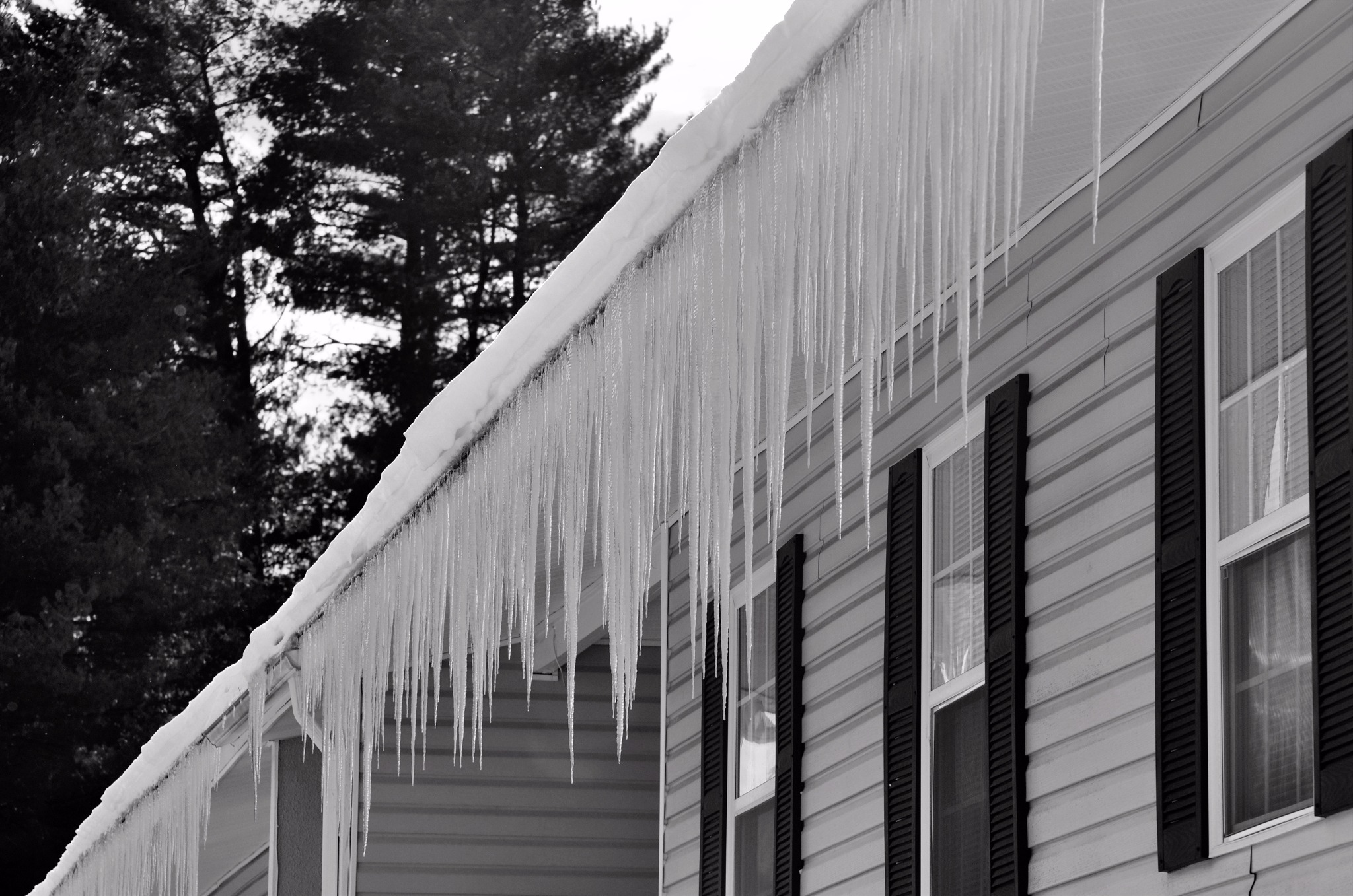
Every industry does it. We use words that mean so much to us that we don’t realize that they’re meaningless to the rest of the world. This series - Energy Efficiency Buzzwords De-Buzzed– attempts to change that. Have a “green” word or phrase you want de-buzzed? Let us know and we’ll add it to the series!
Today’s buzzword: Ice Dams
Unfortunately, ice dams are a familiar-enough concept that they hardly qualify as a buzzword. Everyone knows that heavy icicles can pull off gutters, crash to the ground, trap water on the roof deck, and cause serious leaks, and everyone’s abuzz with quick, temporary fixes. Real solutions demand an understanding of the building science behind this common winter sight, though, and that’s how ice dams found their way into this series.
How do ice dams form?
- As heat escapes from the living space into a leaky, underinsulated attic, it melts snow and ice on the roof.
- Melted water drains along the roof, under the snow, and then refreezes when it reaches the roof’s cold overhang or gutter.
- The resulting icicles are called ice dams because they trap melting water and keep it from draining off the roof.
- Trapped water pushes up under shingles, where it can rot wood in your roof and attic or leak through your walls and ceilings.
How can you prevent ice dams?
Three key home performance elements work together to prevent ice dams by keeping your attic and roof cool:
- Air sealing: Sealing pathways between the living space and the attic prevents heat from leaking directly into attic.
- Insulation: Once air leaks are sealed, cellulose insulation slows the transfer of heat through the ceiling into the attic.
- Ventilation: Any warm attic air needs to escape quickly, before it melts snow on the roof, and appropriate vents can help.
Will home performance eliminate all ice dams?
Sadly, no. Solar gain or temperature fluctuations can warm your roof and create a cycle of melting, freezing, and ice build-up. Architectural elements like valleys and dormers can allow snow to accumulate, compress, and freeze. Fortunately, most ice dams can be eliminated on most homes.
